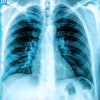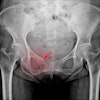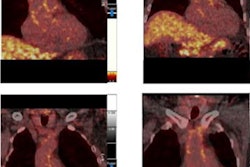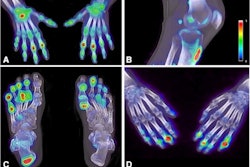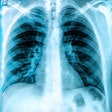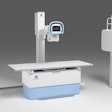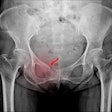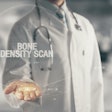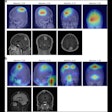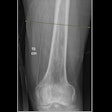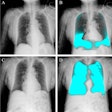Current or past smoking does not appear to be significantly associated with radiographic progression in patients with psoriatic arthritis (PsA), according to a group of researchers from the University of Toronto.
The findings are paradoxical, given that associations between smoking and radiographic damage have been established in axial spondyloarthritis and rheumatoid arthritis, noted lead author Fadi Kharouf, MD, and colleagues.
“While smoking has multiple drastic and well-reported health-related effects, it appears that radiographic progression in [psoriatic arthritis] is not one of these,” the group wrote. The study was published February 5 in Seminars in Arthritis and Rheumatism.
PsA is inflammatory arthritis associated with skin psoriasis that involves deterioration in peripheral joints and the axial skeleton, with a prevalence that varies between 0.3% to 1% in the general population and about 24% in patients with psoriasis.
While cigarette smoking has been recognized as a factor that increases susceptibility to rheumatoid arthritis, systemic lupus erythematosus, Crohn's disease, and psoriasis, the relation has not been characterized in PsA, the authors explained. They added that to the best of their knowledge, this analysis is the first to explore the association between cigarette smoking and radiographic damage in PsA.
Kharouf and colleagues conducted their study at the University of Toronto’s Gladman Krembil Psoriatic Arthritis Research Program, where patients with PsA are recruited and tracked. Clinicians take x-rays of peripheral joints from patients at baseline and every two years, assessing peripheral joint damage via a scoring system developed at the university called the Steinbrocker method. (The method evaluates damage on x-rays in each of 42 peripheral joints in the hands, wrists, and feet on a scale from 0 to 4, where 0 indicates a normal joint; 1 indicates soft tissue swelling/osteopenia; 2 indicates erosion, 3 indicates erosion plus joint space narrowing; and 4 indicates total joint destruction).
The analysis included data on 1,736 patients enrolled in the program between January 1978 and February 2024. Of these, 906 (52.2%) patients were nonsmokers, 211 (12.2%) were past smokers, and 311 (17.9%) were current smokers; 308 (17.7%) patients had missing smoking data. At baseline, patients had a mean duration of psoriasis of 15.9 years and duration of PsA of 6.3 years.
According to the findings, the median modified Steinbrocker score at baseline was 2. In a multivariable linear mixed model analysis, a longer duration between the first and last sets of radiographs, a higher baseline modified Steinbrocker score, and the use of conventional synthetic disease-modifying antirheumatic drugs were significantly associated with an increase in joint damage.
However, cigarette smoking, both current and past, showed no significant association with changes in Steinbrocker scores, the group reported.
“In our longitudinal observational study, we found that current or past smoking was not significantly associated with radiographic progression in patients with PsA,” the researchers wrote.
In previous studies investigating the interaction between cigarette smoking and PsA, ever-smokers have had worse reports of global health, pain, fatigue, and a higher number of painful body regions as compared with never-smokers. Thus, the study sheds light on the “smoking paradox,” the group wrote, such that smoking is associated with an increased risk of PsA in the general population, but somehow not in psoriasis patients.
“Additional studies in this field are required to confirm our results and explore possible explanations,” the researchers concluded.
The full study is available here.

